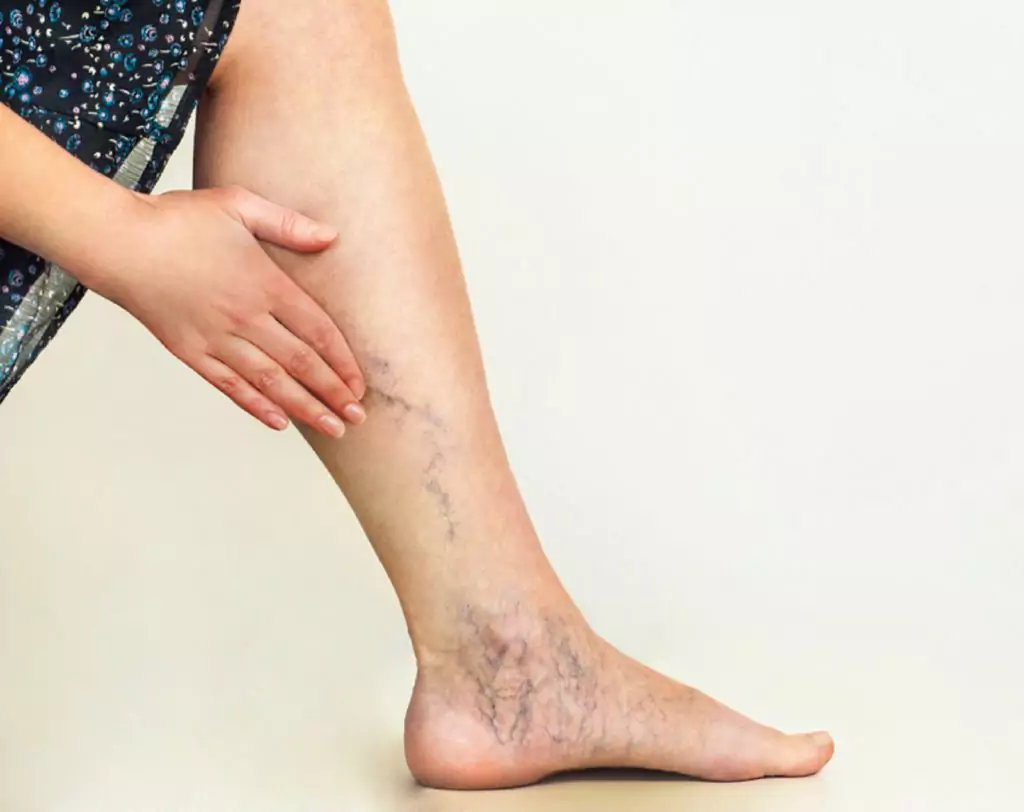Vascular Laser
Vascular skin problems are issues that impact the blood vessels under your skin, causing issues such as cherry angioma, broken capillaries, thread veins, telangiectasias, hemangiomas, birthmarks or port wine stains, couperose skin and rosacea, Poikiloderma of Civatte, a venous lake of the lip, early scars and warts.
Vascular laser treatment (or thermocoagulation or photosclerosis) is a fast and effective method for eliminating vascular lesions on any area of the body or face. The treatment eliminates red lesions quickly, safely and comfortably and does not interrupt the person’s social or work life. It corrects the blood vessels that caused the vascular lesion without damaging the surrounding tissues.
A vascular laser penetrates the outermost layers of skin to target the blood vessels underneath with quick bursts of light, which transforms into heat. The blood vessels selectively absorb the energy causing the blood inside the vessels to solidify and be destroyed by the intense heat. Over the next few weeks, the vessel is slowly absorbed by the body, and the skin’s appearance is normalised.
Frequently Asked Questions
What Are the Preparations for Vascular Laser Treatment?
Vascular laser treatment appeals to many people because minimal preparation and maintenance are involved. It is essential that you protect your skin leading up to treatment to ensure it is safe to carry out the treatment.
You may have to delay treatment at least 4-6 weeks before getting your laser treatment if your skin is tanned, has burnt skin or has an infection. In preparation, it is best to wear sunscreen with high SPF and protective clothing and avoid any tanning. Suntan, applying fake tan and sunbeds are equally dangerous if you allow your skin to tan before your laser treatment . If your skin is tanned, the laser can burn the surface. If all traces of your fake tan are not removed this also can put you at risk.
It is also important to avoid medications and supplements that may increase the chance of bruising, such as aspirin or Vitamin E.
What Can I Expect During and After Vascular Laser Treatment?
During treatment, the specialist will cover your eyes with protective goggles. The laser will then be applied to the lesions, so you may feel a slight burning sensation. At the end of the treatment, you may notice some redness in the treated area.
The treatment consists of several sessions of around 45 minutes each, and you can resume your normal activity afterwards. How many treatments you need depends on your vascular skin issue, but many patients notice immediate improvements to their skin. The number of sessions required will vary for each patient, depending on the number and size of the vessels affected and the degree of vascular reactivity. The treatment is usually carried out over one or two months, and the results are visible around 10 days after the first session, as the lesions gradually become smaller.
After treatment, people can usually continue their daily activities asides from strenuous physical activity. After treatments, you may develop small scabs or blisters over the 1-2 days following the laser treatment. These will heal completely over 7-10 days on the face. Do not pick at these scabs or apply Band-Aids to the area. You may wash gently and apply Vaseline frequently during this time.
You should follow any recommendations from your laser practitioner to guarantee a smooth recovery and long-lasting success.
What Are the Side Effects of Vascular Laser?
While other forms of treatment, such as surgical procedures and some medications, can come with a variety of side effects or long recovery times, a vascular laser is non-evasive with minimal side effects. This is one of the reasons the laser treatment market continues to grow.
Common side effects are usually temporary and may include redness, bruising and swelling. These side effects can quickly subside, which means many people can continue with their daily commitments without disruption.
After treatment, you may be given cool packs to help reduce swelling and any discomfort. As long as you follow recommendations, such as avoiding vigorous physical activity that can dilate blood vessels, the pain will subside fast, and swelling will be only temporary.
Rare side effects of vascular laser treatment can include scarring, crusting, thinning of the skin, and colour changes. However, these risks are reduced if you pick a reputable provider who will do a thorough assessment before you go ahead with vascular laser therapy. There are also times when laser treatment is unsuitable, such as when you are pregnant, breastfeeding, having an infection, on some medications or have a medical condition that makes you more sensitive to light.
Dr Miller is here to help
Before undergoing your first laser treatment on any part of the body, it is crucial that you receive a full consultation and patch test.
Dr Miller will thoroughly evaluate your lesions and explain all the treatment options available to you. Suppose laser therapy is deemed a viable solution. In that case, it is important that Dr Miller understands if you have any other medical illnesses, are on medications or take any dietary supplements which could impede the effectiveness of these treatments or increase the risk of side effects.
If it is determined that you are an ideal candidate for laser treatment for your vascular issues, and if there are no tanning or skin colouration concerns, a patch test will be done. This must take place at least 48 hours before your initial session; this consists of applying the laser on a small portion of the objective area and monitoring its effects.
When treating different sections of your body with laser treatments, a new patch test must be conducted. This is because the skin might react differently in various parts, and both the technology used along with circumstances or personal condition may have altered since previous sessions.
Should your skin be suited for laser treatment, she will develop a personalised program and schedule you for the first session.






